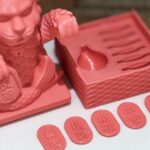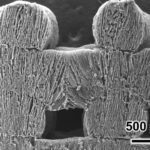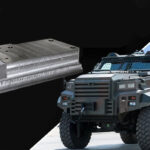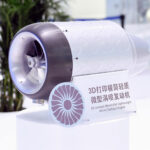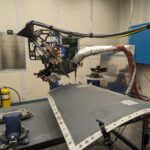University of Hamburg and DESY have been fast at work developing a new form of electronics using flexible transparent circuits. The cooperation between the two organisations has yielded an interesting design using nanowires and polymers. As a result, it opens up the possibility for electronics comprising a mesh of silver nanowires as circuits which are printable in suspension, embedded in various flexible and transparent plastics.
Mainly, the researchers were working with curable materials and silver-nanowires with an aspect ratio of up to 1000. For the purposes of the study, the researchers developed flexible capacitors from this material set-up. They believe it could result in advancements for light-emitting diodes, solar cells or tools with integrated circuits.
“At the heart of the technology are silver nanowires, which form a conductive mesh,” explains Tomke Glier from the University of Hamburg.
The silver wires are typically several tens of nanometers thick while being 10 to 20 micrometers in layer thickness. In the X-ray analysis, nanowires structures appear unchanged within the polymer, however, the researchers state that the conductivity of the mesh even improves thanks to the compression the materials introduce during the curing process. For cost purposes, the researchers are aiming to get the highest possible conductivity with the fewest nanowires possible.
Flexible Circuits & Electronics 3D Printing
Flexible circuits are fundamental to the development of wearable electronics and gear. This especially includes medical devices that need to be as transparent and as non-sight intrusive as possible.
“In the laboratory, we carried out the individual work steps in a layering process, but in practice they can later be completely transferred to a 3D printer,” explains Glier. “However, the further development of conventional 3D printing technology, which is usually optimized for individual printing inks, is also essential for this. In inkjet-based processes, the print nozzles could be clogged by the nanostructures,” notes co-author Michael Rübhausen.
The researchers are enthusiastic about the results of the structure analysis. They examined the structure, flexibilities and pathways with X-ray imaging showing a resilient and highly bendable characteristics. The flexible transparent circuits are also versatile enough to apply to a range of electronics. While they may require printing in various shapes, they can suit multiple geometries.
Featured image courtesy of University of Hamburg. The full research is available here.




